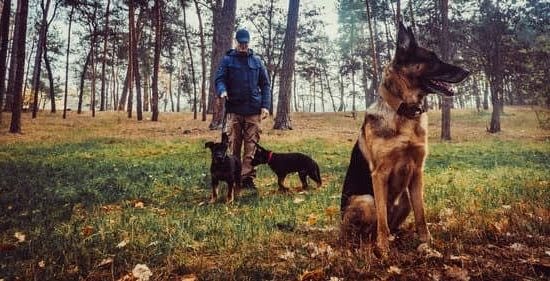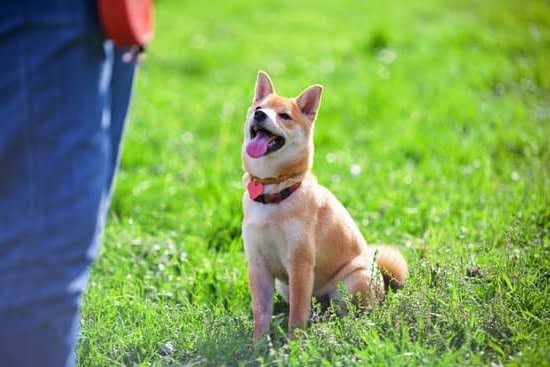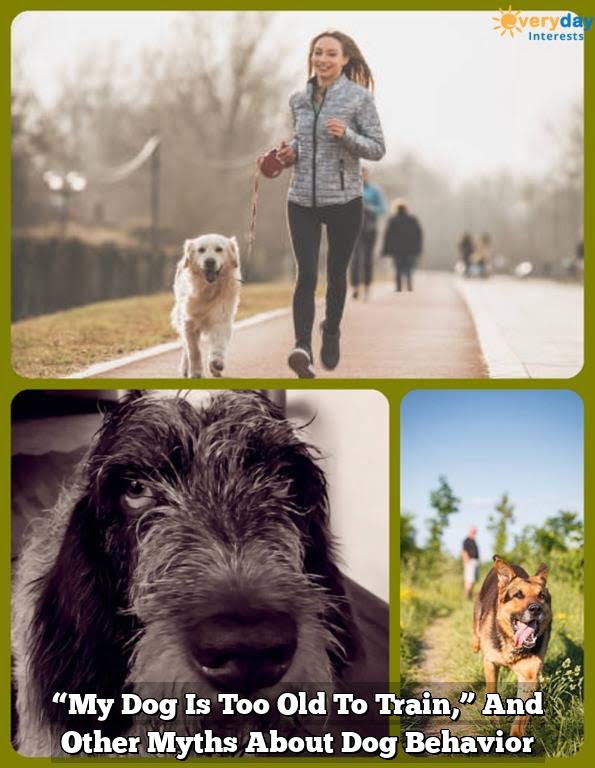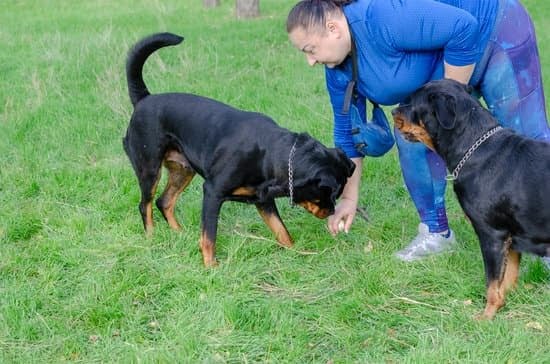Effective Training Techniques for Different Breeds
Golden Retrievers: Training Golden Retrievers should focus on reward-based methods, as they are eager to please and often willing to work for treats or praise. Using positive reinforcement when a desirable behavior is achieved encourages the dog to repeat it. Additionally, incorporating some basic obedience commands, such as sit and stay, teaches the dog important social cues. Daily short training sessions can help Golden Retrievers stay engaged and keep their attention.
Dachshunds: Patience is key for Dachshunds because of their small size and independent streak! Along with positive reinforcement, different types of puzzles may help them stay focused in brief training sessions. Utilizing obstacles courses or target practicing can also be beneficial for this breed that loves to dig and explore. Incorporating patience, reward-based approaches and building confidence in small steps is key for Dachshunds during training sessions.
Samoyed Dogs: Samoyeds are working dogs meant for physical activity so teaching these dogs new tricks should involve lots of repetition and stimulation since they usually enjoy learning through physical activities! They’re very responsive to verbal rewards like praise or verbal cues/commands you give them when they do something well or correctly. Supplementing verbal rewards with treats helps create a good link between behaviors you want your Samoyed to learn and a treat reward afterwards allowing them to form stronger long-term bonds with these behaviors. Games like hide-and-seek can also be great ways of introducing hand signals and simple commands while getting the Samoyed excited while keeping the experience light and fun!
Using Positive Reinforcement
Positive reinforcement is an effective tool for training dogs because it encourages desired behaviors in the dog and strengthens the bond between pet parent and pup. Positive reinforcement can be used in many forms including verbal praise, treats, or a favorite toy. When a dog does something that you want them to do, you immediately reinforce their behaviour with positive reinforcement such as verbal praise (e.g. “good boy”) or physical affection (e.g. petting). This lets the dog know that they did something right and will result in more of that behavior in the future because they expect to get rewarded with the same pleasant experience. In addition, treats are also used as positive reinforcement when training dogs; More desirable behaviors result from offering treats after successful obedience tasks, like sit or stay. Finally, using toys as rewards is another way to positively reinforce desired behaviors from your pup; when a dog performs their task correctly, offering a play session involving their favorite toy will encourage them to do the same kind of good work again in the future.
Troubleshooting Common Challenges During Training
1. Separation Anxiety: Dogs can get anxious when left alone, making it hard to settle down and focus on their training sessions. Strategies for overcoming this challenge include the following:
a. Make the leaving and returning process low-key to create a safe environment for the dog.
b. Take plenty of time to train and reward your dog so that they come to associate separation with positive rewards; over time their stress will lessen as they learn to trust you.
c. Give them something interesting to do while you are away, such as hiding treats around the house or giving them a toy they can keep occupied with.
d. Crate training can also help dogs feel more secure when being left alone; making sure the crate is comfortable and providing chew toys or blankets for comfort can help alleviate any anxiety during times of separation.
2. Fearful Reactions: When confronted with loud noises or unfamiliar objects, dogs may become anxious or aggressive in response to these perceived threats. Strategies for overcoming this challenge include the following:
a. Create distance between your dog and the stimulus – remove them from an area where they could be harmed by loud noises or other stimuli if possible; alternatively, teaching them not to respond fearfully in small steps using treat rewards is also helpful.
b. Mimic calm behavior when addressing fearful reactions – use soothing words and allow them time to adjust rather than trying to force them into a situation they’re not ready for yet; gentle reassurance can make a world of difference in helping them overcome their anxieties over time (this will take patience).
c. Never use punishment during training sessions focusing on fearful reactions; instead, redirect their attention towards more positive activities until they can better handle exposure without feeling distressed and panicking in any way.
Training Multiple Dogs at Once
Training multiple dogs simultaneously can be a challenging yet rewarding experience! Here are some strategies to make the process easier:
– Offer individual attention: Performing separate training sessions with each dog allows you to assess their individual responses and strengths. You can also reward them individually, which further reinforces their good behavior.
– Utilize positive reinforcement: When all of the dogs act differently to commands, it may be easiest to give rewards for behaviors that you do want to see. This will help reinforce the desired response from all of them.
– Break activities into smaller chunks: Training more than one dog at once can be overwhelming and easily lead to burn out on both sides. To make it more manageable break the activity down into smaller steps. Short and frequent training sessions can be less draining for both owner and dog alike.
– Start with the basics: Teaching basic commands such as ‘sit’, ‘stay’ or ‘down’ is essential before progressing onto anything more complex or advanced. Establishing an understanding of these will help ensure future success with other behaviors as well.
– Set realistic goals and expectations: Always work within your capabilities as an owner and trainer while setting realistic expectations for each dog’s progress in order to maximize success!
Training for Working Dogs
1. Use positive reinforcement – Reward the dogs for obedience and good behavior with praise, toys, treats, etc. Be sure to give proper recognition and appreciation when they do something correctly.
2. Establish a routine – Working dogs need to know their parameters so training should have consistency. Incorporate the same command words into daily training sessions as well as when you’re out in the field or working environment with them. This helps keep them focused on their task.
3. Develop a strong bond – Bonding with your dog is essential in order to have trusting relationship that’s needed during work-related activities. Spend time familiarizing yourself and your dog with each other through activities such as playing fetch and going for walks together before beginning more formalized training sessions.
4. Practice, practice, practice – It’s important for working dogs to be able to recall commands effortlessly by repetition which means lots of practice! Design tasks that challenge both their cognitive and physical skills like agility courses, scent work drills, drills involving both verbal cues and gestures, etc.
5. Rewarding results – Once you feel confident that your dog has mastered the task or activity at hand be sure to give them lots of praise in order to reinforce good behavior and acknowledge that they did something effectively!
Training Assistance Dogs
When training assistance dogs, positive reinforcement is a great way to encourage desirable behaviors and discourage undesirable ones. Positive reinforcement involves rewards such as treats and verbal praise for desired behaviors and ignoring undesired behaviors. It is important to keep training sessions short and consistent, with repetitive learning drills every day.
It is also important to set up an environment where learning can easily occur. Provide frequent breaks during which the dog can take a break from the focus needed for training. Assign simple tasks that gradually become more difficult as the dog’s knowledge grows, breaking things down into small, easier-to-learn steps at first. Additionally, reward the dog for completing each step in the process even if it did not complete the entire task correctly.
An additional technique that can be used when training assistance dogs is focusing on shaping behavior by rewarding successively closer approximations of a desired behavior. This method requires patience but often yields better results than traditional obedience training methods as it allows dogs to proceed at their own pace without feeling uncomfortable or frustrated in the process. Introduce commands one at a time and use only those commands until they become second nature to the dog before moving on to other commands or actions. Lastly, provide lots of mental stimulation–including entertaining activities like nose work games–as this will help keep your pup eager to learn and reduce any chances of boredom or negative behavior due to lack of engagement with its environment.
Understanding Veterinary Care
Regular vet visits are important for maintaining optimal health in dogs. Not only are they important for detecting any changes or diagnosis of illnesses, but they also maintain overall wellness. During routine examinations, the veterinarian will check the eyes, ears, nose, heart, temperature and joints of your pet. Necessary preventative care is also administered such as vaccinations to protect against infectious diseases and flea/ticks treatments. In addition to standard healthcare measures, a vet visit allows for early detection of potential problems such as organ damage and other common issues like dental or skin issues. With regular veterinary exams and check-ups, any problems that may arise can be identified early enough for effective treatment. Depending on the breed and age of your dog, other types of routine care that may need to be performed are lab tests such as metabolic panels and complete blood counts (CBCs) to ensure the levels of vitamins and minerals are adequate in their diets. Parasite testing including heartworm tests should also be done. Urinalysis may also need to be performed to analyze urine composition which can indicate health issues not easily visible with physical exams alone. Finally, necessary grooming needs such as nail trimmings should also be addressed during these visits as well.
Recapping Dr. Dunbar’s Advice
Dr. Dunbar’s insights on dog training are invaluable for anyone looking to train a pup. His main focus is on positive reinforcement through rewards and encouragement, rather than relying too heavily on punishments and scolding. He emphasizes the importance of communicating clearly with your dog and reinforcing expectations frequently, while keeping in mind that teaching commands should occur within the context of meaningful activities that your pet enjoys. Dr. Dunbar also advocates for understanding each dog’s individual needs and personality so that you can tailor your approach accordingly, as well as set achievable milestones. Additionally, he encourages owners to stay consistent in their practice and aim to build a trusting bond between themselves and their companion.

Welcome to the blog! I am a professional dog trainer and have been working with dogs for many years. In this blog, I will be discussing various topics related to dog training, including tips, tricks, and advice. I hope you find this information helpful and informative. Thanks for reading!





